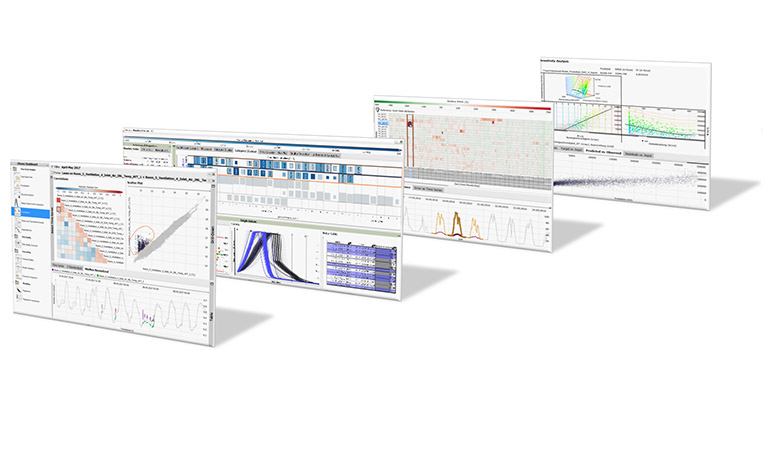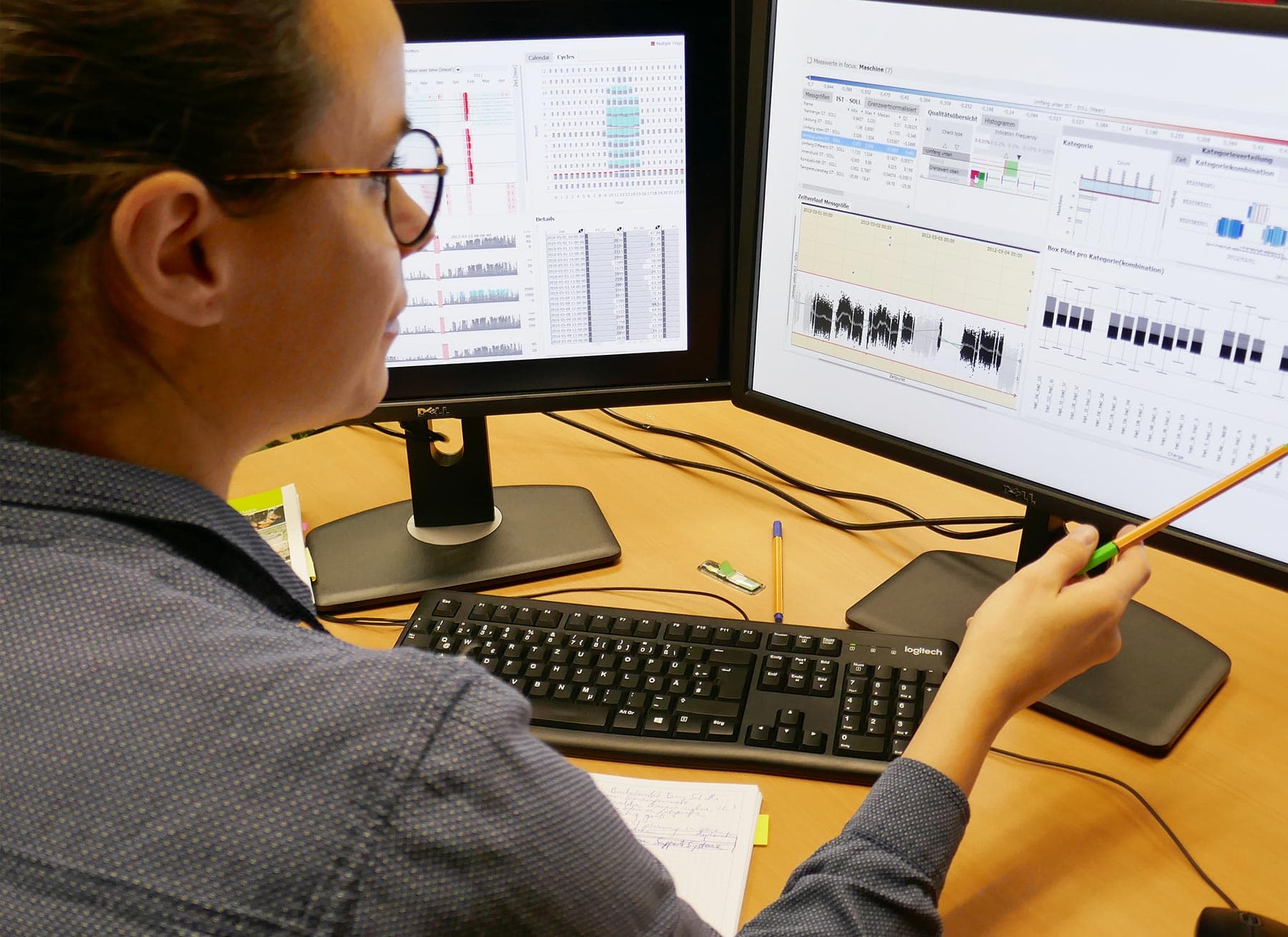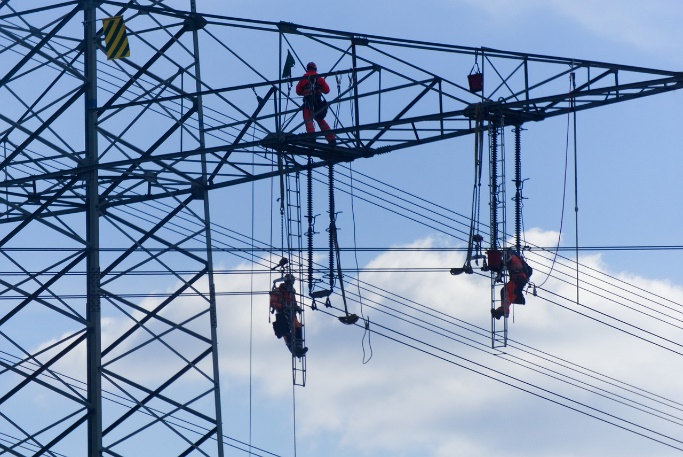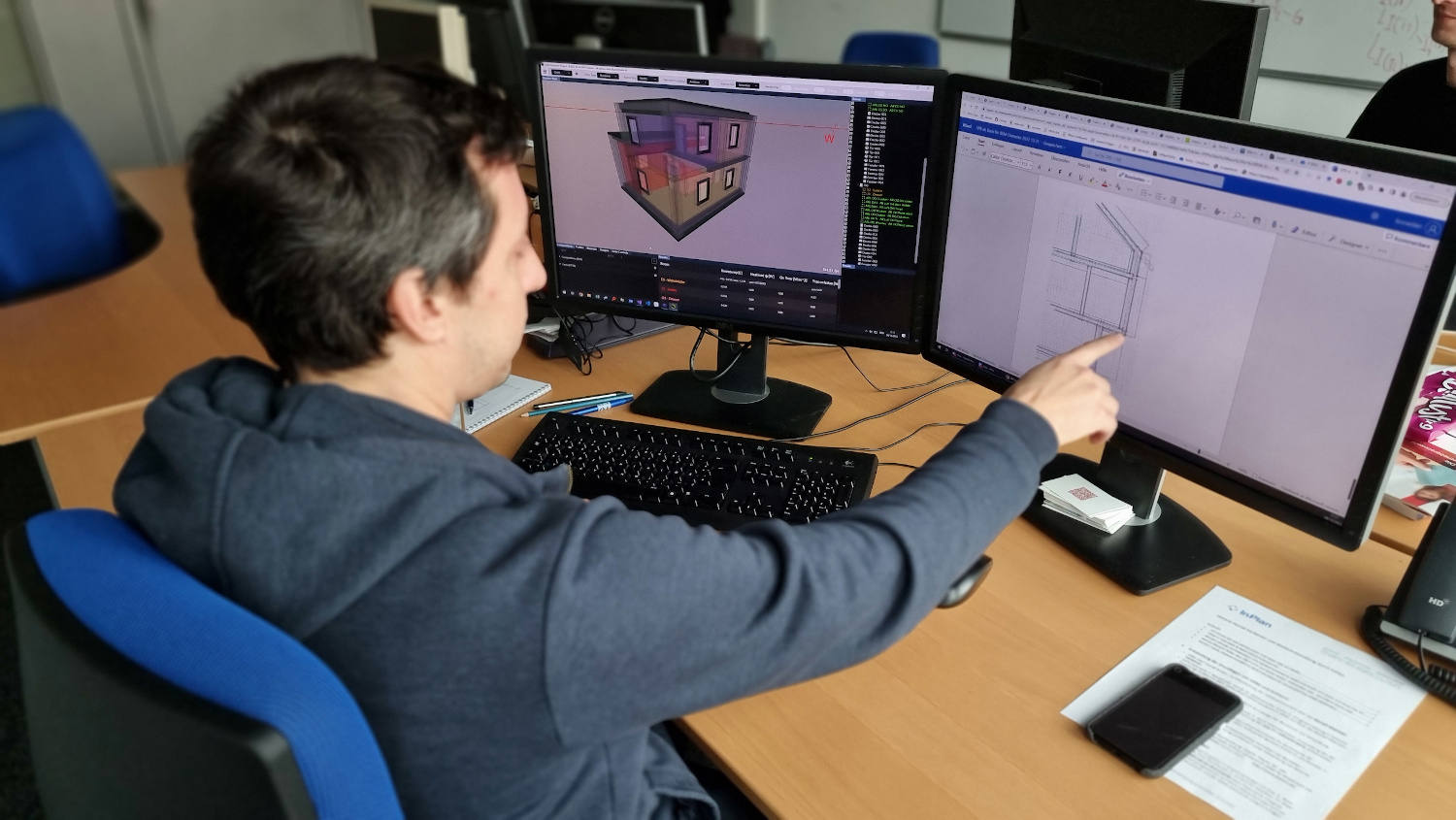

Data-based digital predictive methods are becoming increasingly important throughout industry. Especially in the energy industry, predictive modelling is of utmost importance, as it enables more effective decisions and predictions to be made on the basis of existing data. However, because models can only be as good as their data, our Visual Analytics research group is looking for methods to validate large amounts of data to ensure that analysis is as error-free as possible.

The visual computing solution TSM Visuals, developed in cooperation with our company partner HAKOM Time Series GmbH and data scientists from the energy industry, provides completely new possibilities to explore, interpret and evaluate large and heterogeneous data by simultaneous interactive visualizations. This creates the basis for valid analysis results by quality assessment of the data and serves, among other things, for quality assurance of complex procedures.

As more and more data accumulates in the industry, which is also more frequently stored in a centralized manner nowadays, the importance of web and cloud-based solutions continues to grow. Such solutions are also convenient for users: everything is in one place and, at best, accessible through a web browser (which is always available). At VRVis we create real solutions for the industry and optimize network traffic or research particularly user-friendly interaction systems.

Artificial intelligence is also being used more and more in the energy industry and can make an important supporting contribution, particularly in aspects of scalability - by providing paramount insights in pattern and anomaly detection in the large masses of data on feed-in, grid utilization, load development or the climate situation in general.

Our thermal simulation software EnVis analyses BIM data to derive a Building Energy Model (BEM), which state as the foundation for our thermal calculation kernel. The automatized data integration makes the error-prone and time-consuming data wrangling of complex neighbouring information obsolete, allowing experts to focus on their main tasks. Changes within the BIM life cycle can be forwarded efficiently, allowing experts to adopt their thermal design to the new requirements.

InPlan and VRVis develop a visualization and simulation package for energy planning of buildings, which enables intuitive optimization in terms of energy efficiency and comfort.

The main objective of the strategic project ARCS is the design of software architectures that enable interactive visualization systems to ingest large volumes and velocities of geospatial and associated non-geometric data.

Renewable energies, such as hydropower, are an essential backbone for a climate-friendly future. To enable better real-time monitoring and thus maintenance of hydropower infrastructure, innovative digital hydropower twins are being developed in this project.

The goal of the applied research project En2VA (“Visual Analytics for Energy and Engineering Applications”) is to increase the efficiency and the quality of advanced analytics for high-dimensional data from manufacturing, engineering, and the energy sector.